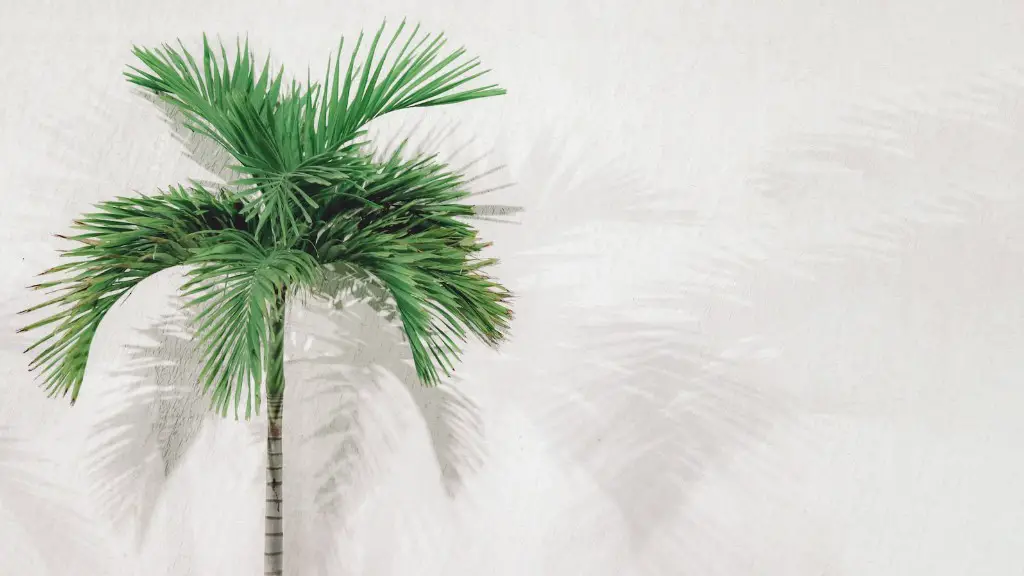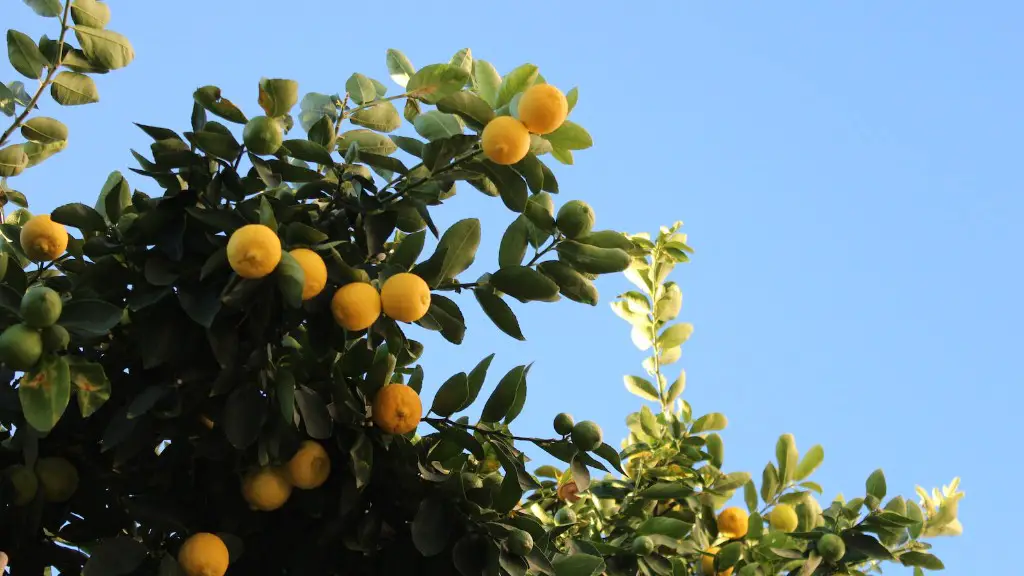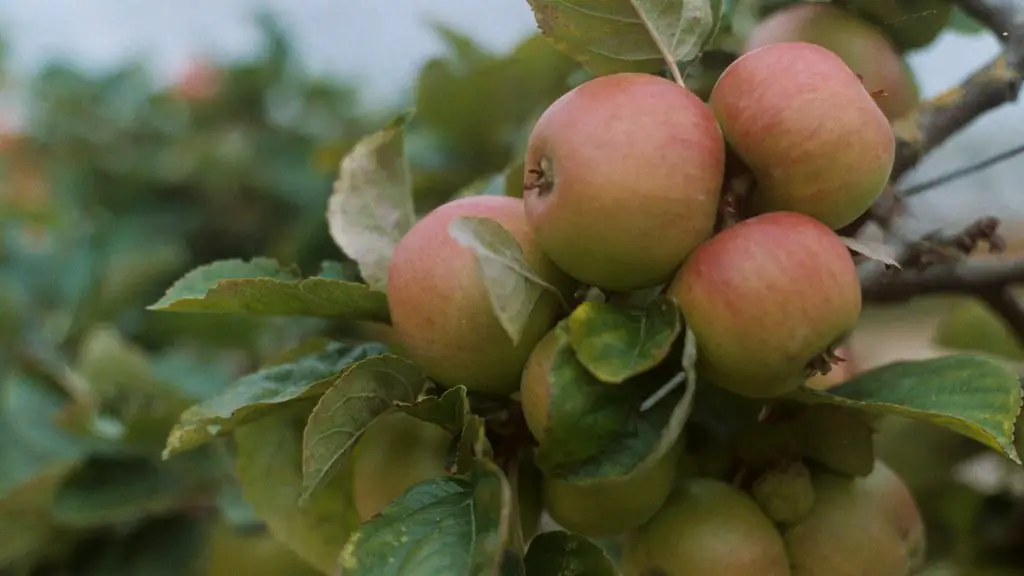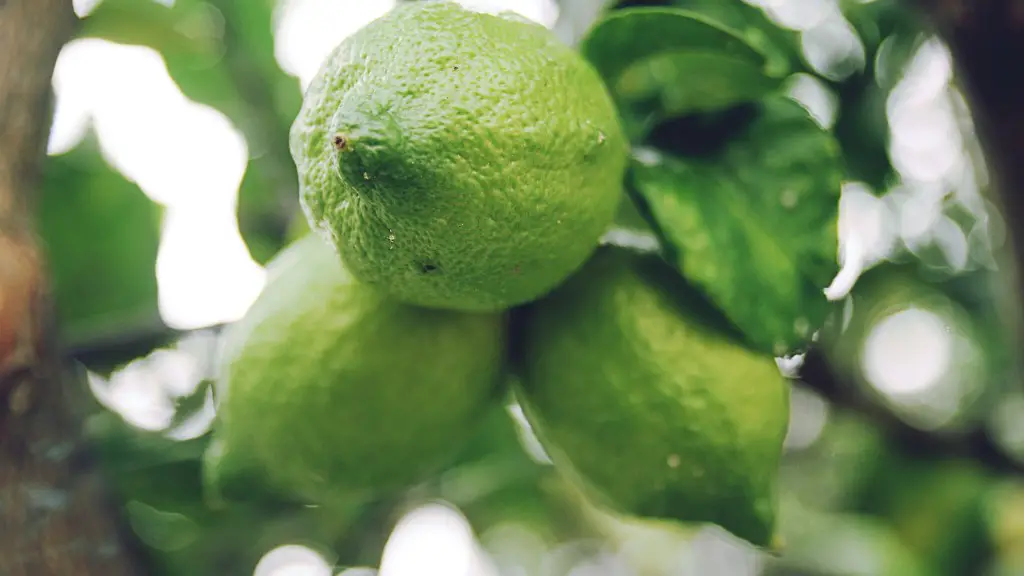When most people look at palm trees, they often don’t think too much of them beyond their potential to provide shade. Such is a common mistake because palm trees are some of the most interesting and special trees that not many know about. You may then, understandably, be curious as to whether or not a palm tree is a cycad. Let’s find out.
Palm trees, botanically known as Arecaceae, are a family of plants native to the tropical and subtropical climates of the world. This family of plants has a wide variety of distinguishable characteristics and is divided into two subfamilies – the Arecoideae and the Coryphoideae. Palms can be classified further into more than 2,200 individual species and there are many different types of species of cycad (which are in their own family, Cycadaceae).
As such, it is misleading to say that a palm tree is a cycad because the two plants are actually from different families. That said, some of the similarities between the two are striking, such as their distinctive decorative effect, the fan-shaped fronds and the spiny leaves. They also both produce fruit in the form of drupes, which are a type of pulpy stone fruit with a hard stone inside. The most notable difference between the two is that cycads are ‘living fossils’ – that is, plants that have changed very little over millions of years.
Moreover, cycads have a different style of pollination than palms, with males and females usually separated into different plants. The male cycads will then produce pollen cones which will be pollinated by wind. On the other hand, palms are usually monoecious, meaning the plants are ‘male’ and ‘female’ at the same time and thus self-pollinating. As a result, cycads are usually seen as more primitive plants compared to palms.
Taking all this into account, it is clear that palms and cycads have many similarities, but they also have some crucial differences that set them apart. Ultimately, however, what sets them apart is their respective families – palms belong to the Arecaceae family, while cycads belong to the Cycadaceae family. So, to answer the initial question of whether a palm tree is a cycad – the answer is no.
History Of Cycads
Modern cycads are ‘perfected’ versions of ancient plants that have been around for millions of years. Despite their age, however, they are relatively poorly known and the majority of knowledge we have of cycads generally comes from the fossil record.
Fossils dating back to the Mesozoic era between 250 to 65 million years ago have been discovered and they are thought to have been abundant since then. This makes them some of the oldest plants on Earth, and they are some of the few living evidence of trees that date back to the era of the dinosaurs. On top of this, we know that in this very same period they spread across the entire world and various species have since adapted to their environments as time went on.
It’s certain that cycads can be described as ‘living fossils’ because they have remained largely unchanged for millions of years.However, this does not mean that their genetic makeup has remained completely the same – many species have changed in subtle ways that are hard to identify on the surface.
Despite being so old, cycads still remain a mystery to most people and are generally not found in gardens as often as palms. That said, they are worth learning more about as they continue to survive and tell the story of how plants were millions of years ago – making them a vital part of our knowledge and understanding of our past environments.
Medicinal Use Of Cycads
People have been using cycads for medicinal purposes for thousands of years and the plants have an array of valuable medical benefits. One of their most popular uses is for their leaves, which can be eaten to help reduce fatigue, improve immunity and even ward off certain illnesses.
The leaves of cycads contain high levels of antioxidants, useful vitamins, minerals and other beneficial compounds, like magnesium and manganese, which strengthen the body and reduce inflammation. In addition, some studies have found that they can also help reduce cholesterol levels and improve digestive function.
The seeds of cycads are also frequently used as an alternative form of treatment, as they contain a neurotoxin known as cycasin which has the potential to work as an anticancer agent. The neurotoxin can be concentrated and used in traditional medicines and in modern medicines as an anti-inflammatory, anti-viral and anti-bacterial agent.
In conclusion, the medicinal use of cycads is well documented and dates back thousands of years. As such, it is clear to see why many cultures and archeologists continue to see cycads as living fossils – a reminder of a world long gone and its mysterious secrets.
Importance Of Cycads
Cycads are important for a number of reasons, not least of which is their unique habitat. These plants are adapted to extreme weather and growing conditions, suggesting that they have been on the planet for a long time. Additionally, their extraordinary resilience can help to protect rare ecosystems and, as such, they are essential to preserving natural balance.
As mentioned, cycads are also appealing medical candidates with a number of potential uses. Furthermore, many have a significant cultural and religious importance and have been used in various forms of creation stories and religious ceremonies.
Finally, cycads are considered to be a significant source of insight into the past, providing us with evidence of how our environment used to be. As such, they are invaluable to our understanding and appreciation of what the Earth was like in prehistoric times, and can even provide clues as to how we can better look after our planet today.
Sustainability Of Cycads
Despite the invaluable importance of cycads to our history and environment, these plants are unfortunately facing the possibility of extinction. This is due to many factors, including deforestation and destruction of their habitats. These plants don’t tend to reproduce quickly, and that makes them particularly vulnerable to destruction.
On top of this, humans are taking the cycads for decorative purposes, and some people are even consuming the cycad seeds for their medicinal properties. Although these practices are extremely important, they are also leading to the destruction of the wild cycad population.
Fortunately, some organizations such as the Cycad Society have been established to help protect these plants, and they are actively engaged in conservation efforts to ensure that these species remain in the wild. Moreover, many private collectors and botanists are also doing their best to protect the species and to ensure they are sustainable.
Human Interaction With Cycads
Humans have had a significant role in shaping and influencing the lifespan of cycads. In prehistoric times, cycads were once a dominant species, however, over time their numbers have decreased significantly and they are slowly disappearing from the environment.
In addition, humans have changed the landscape of cycads’ habitats, primarily for farming and development purposes. This interference has had a negative impact on their growth, which has caused many species of cycads to become endangered.
However, there are some instances in which humans have been able to delve into the fascinating world of cycads and benefit from the knowledge they provide. In particular, humans have been able to make use of their leaves as decorative plants, while their seeds are widely enjoyed as they are known to be anti-bacterial and anti-inflammatory.
Furthermore, humans have also been keen to study and learn more about these ancient species, as they are some of the oldest living things on the planet. Today, scientists and conservationists are still researching and documenting their incredible living history in order to learn more about the plants and why they have managed to survive despite the challenges they have faced.
Conclusion
In conclusion, it’s clear that although palm trees and cycads may look similar, they are in fact in two completely different families. Cycads are living fossils that have barely changed over millions of years, and are incredibly important for many reasons, from their medicinal value to their cultural significance. As such, it’s essential that we do our part to help ensure their sustainability and ensure that cycads continue to survive in the wild.





